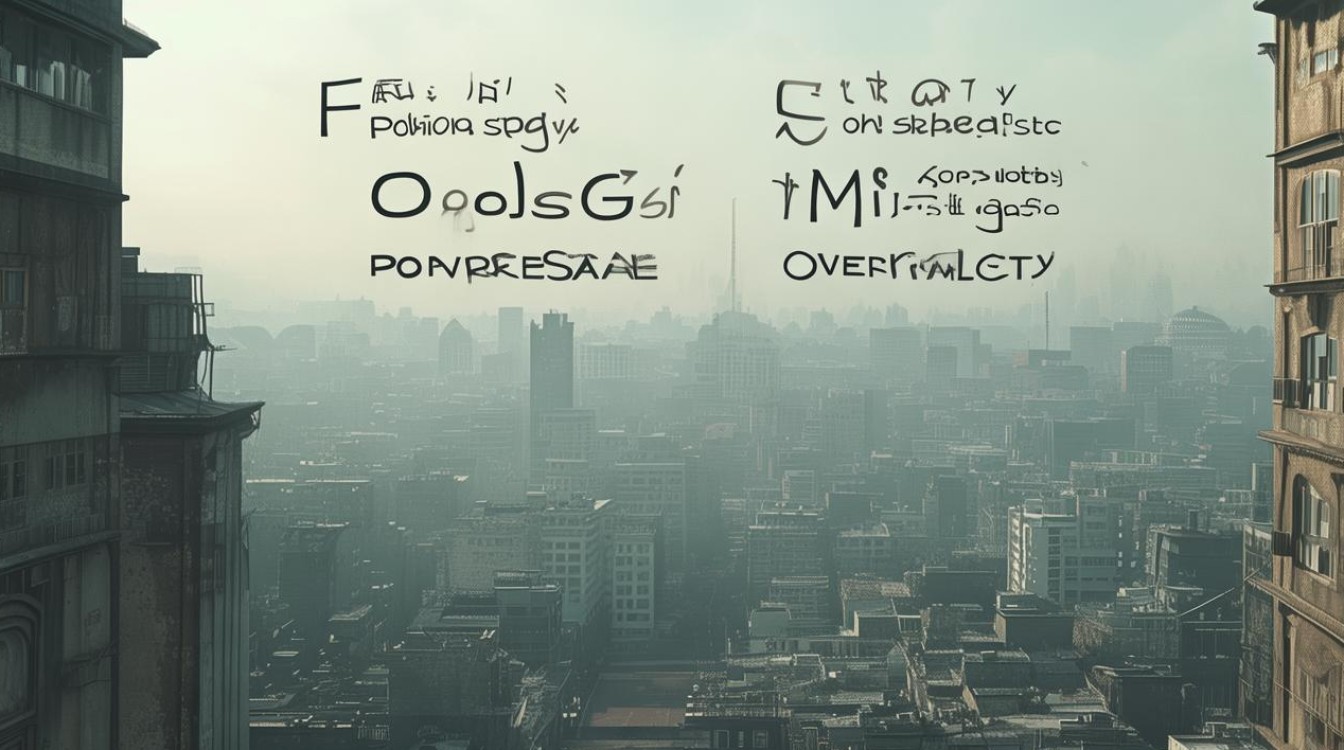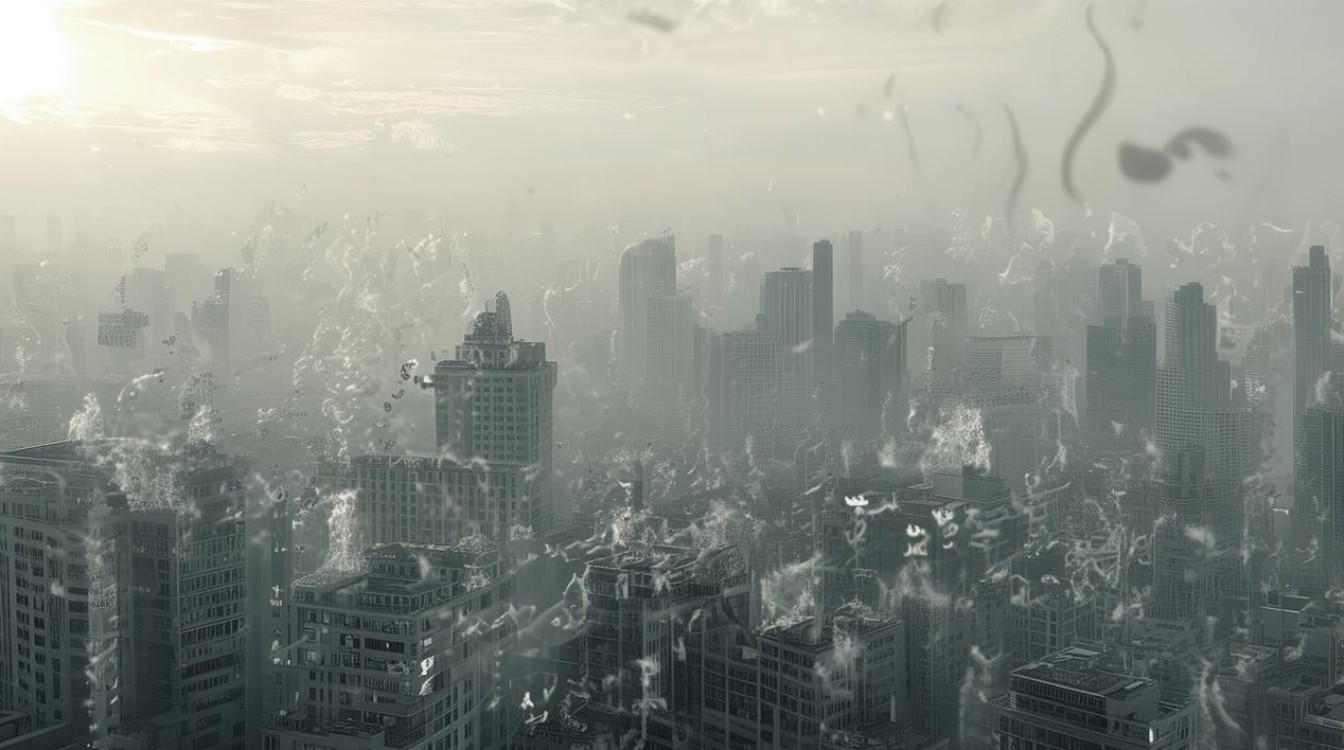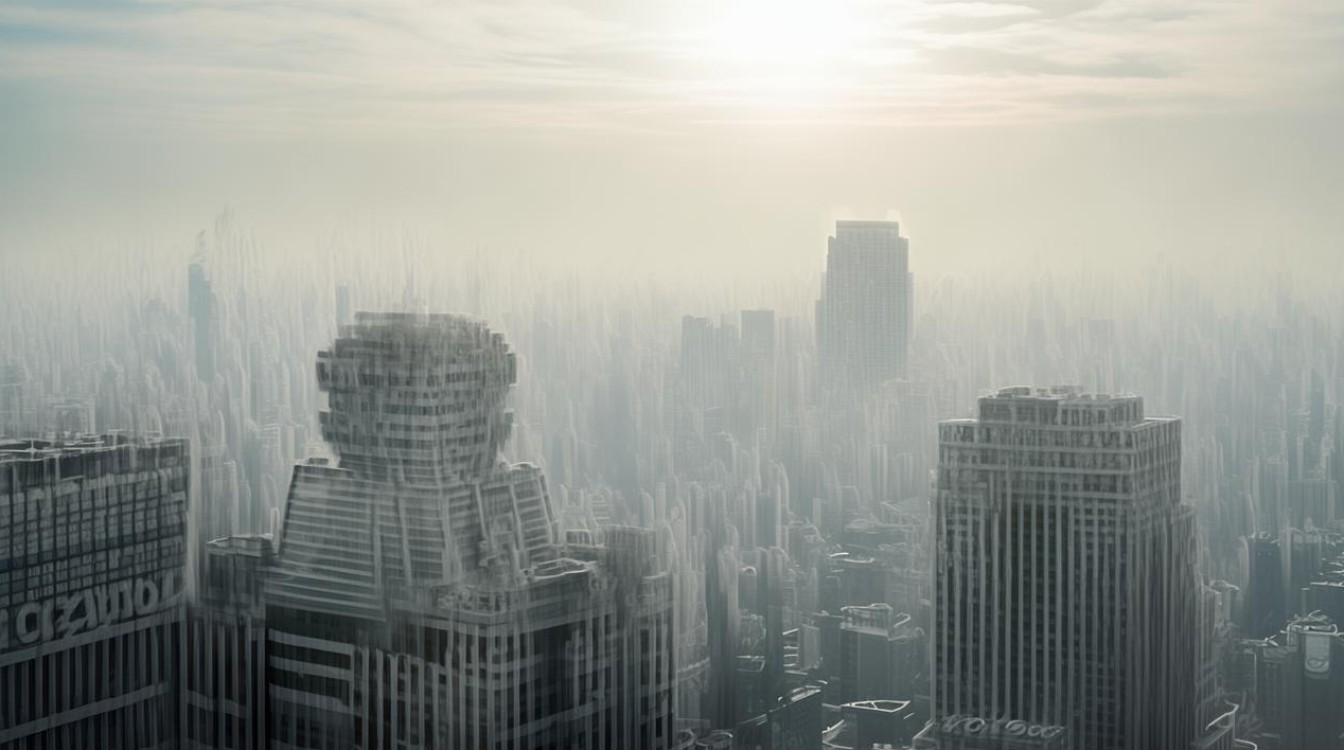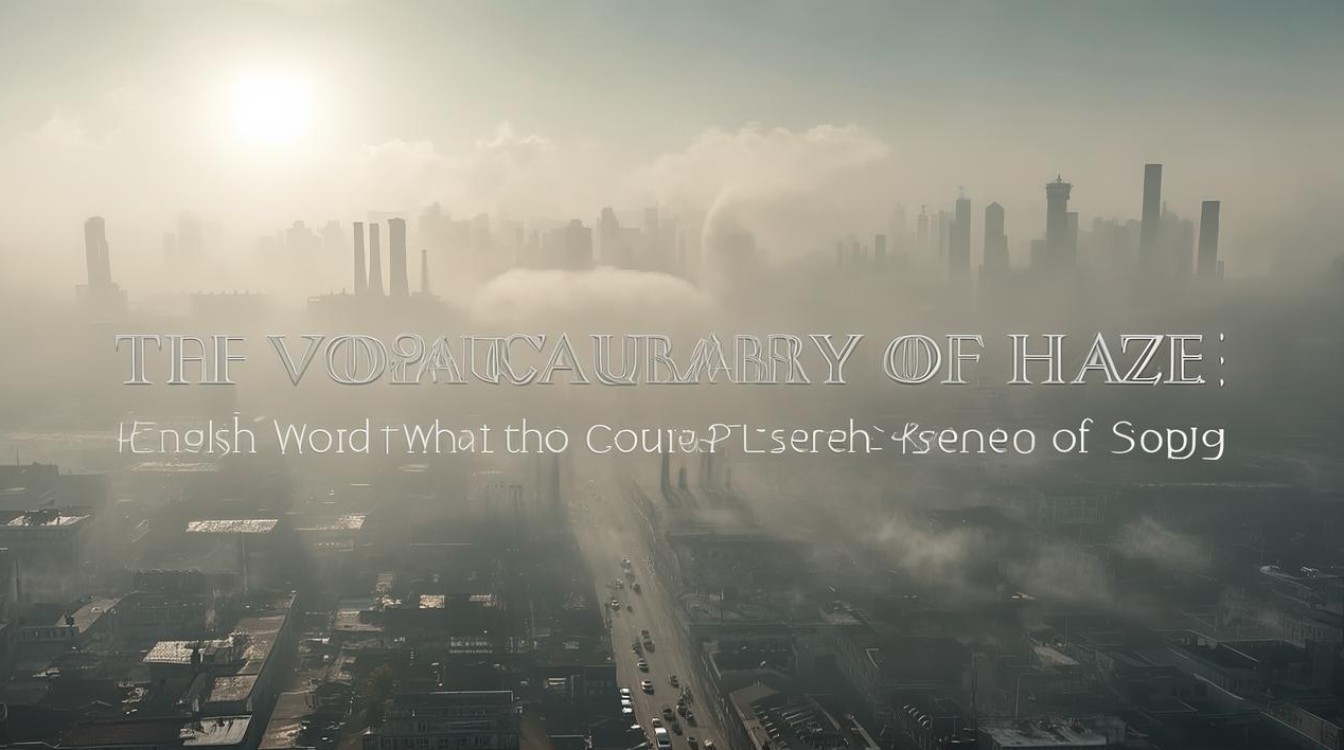The phenomenon of haze has become a global concern, affecting cities and rural areas alike. To describe its impact, English offers a rich lexicon that paints a vivid picture of this environmental challenge. Whether you're a writer, researcher, or simply curious, these words will help articulate the complexities of smog with precision.

Opaque
Haze often renders the atmosphere thick and unclear. "Opaque" perfectly describes how visibility diminishes, turning distant buildings into faint silhouettes. Unlike light fog, which may dissipate by midday, an opaque haze lingers, stubbornly refusing to clear.
Acrid
One of the most unsettling traits of haze is its smell. "Acrid" refers to a sharp, bitter odor—often a mix of burnt chemicals, vehicle exhaust, and industrial pollutants. This word captures the way smog irritates not just the eyes but also the throat and lungs.
Choking
Haze doesn’t just obscure vision; it affects breathing. "Choking" conveys the suffocating quality of polluted air, especially for those with respiratory conditions. In severe cases, the air feels heavy, as if an invisible hand is tightening around your chest.
Murky
When sunlight struggles to penetrate haze, the world takes on a dim, shadowy appearance. "Murky" suggests a lack of clarity, both literally and metaphorically—much like the uncertainty surrounding long-term solutions to air pollution.
Toxic
Not all haze is equally harmful, but when pollutants like PM2.5 dominate, the air becomes genuinely toxic. This word underscores the health risks, from short-term discomfort to chronic illnesses linked to prolonged exposure.
Smothering
Haze can feel oppressive, as if the sky is pressing down. "Smothering" evokes the way dense smog blankets a city, muting colors and sounds. It’s a reminder of nature’s fragility under human activity.
Gloomy
Beyond physical effects, haze influences mood. "Gloomy" reflects the psychological weight of living under a perpetually gray sky. The absence of sunlight can lead to seasonal affective disorder, making this word doubly relevant.

Stagnant
Haze often forms when air circulation is poor. "Stagnant" describes air that feels motionless, trapping pollutants close to the ground. This term also hints at the inertia in policy responses to environmental degradation.
Corrosive
Over time, haze damages more than health—it erodes buildings, statues, and infrastructure. "Corrosive" highlights how acidic pollutants in smog eat away at materials, a slow but relentless process.
Ubiquitous
In some regions, haze is no longer an occasional nuisance but a constant presence. "Ubiquitous" emphasizes its inescapability, particularly in megacities where blue skies are a rarity.
Noxious
A stronger synonym for "toxic," "noxious" stresses the immediate danger of certain pollutants. It’s often used in warnings when air quality reaches hazardous levels.
Blurred
Haze softens edges, making distant objects indistinct. "Blurred" captures this visual effect, whether describing a skyline or the way smog obscures natural landscapes.
Sulfurous
In areas with heavy industrial activity, haze sometimes carries a sulfuric scent, reminiscent of rotten eggs. This word ties air pollution directly to fossil fuel combustion.
Cloying
Unlike fresh air, haze can feel thick and clingy. "Cloying" suggests an unpleasant, persistent quality, like smoke that lingers on clothing long after exposure.

Ashen
When wildfires contribute to haze, the sky may take on a grayish-white hue. "Ashen" not only describes the color but also evokes the aftermath of destruction.
Irritating
Even at lower levels, haze provokes physical discomfort. "Irritating" covers the range from minor eye itchiness to persistent coughing fits.
Dense
Haze varies in thickness. "Dense" is used when the air feels almost solid, a wall of particles that even headlights struggle to pierce at night.
Unbreathable
On the worst days, the air becomes so polluted that it’s barely fit for inhalation. "Unbreathable" is a stark admission of failure—a sign that environmental limits have been breached.
Shadowed
Haze dims sunlight, casting everything in a muted, twilight-like glow. "Shadowed" conveys this loss of brightness, a world drained of vibrancy.
Lethargic
The weight of haze seems to slow everything down. "Lethargic" describes how people move through smog-filled streets, their energy sapped by poor air quality.
Grimy
Haze leaves behind residue on surfaces—windows, cars, even skin. "Grimy" speaks to the layer of grime that accumulates, a tangible reminder of airborne pollutants.

Sinister
Beyond its physical effects, haze carries an ominous undertone. "Sinister" hints at the unseen dangers lurking in polluted air, from carcinogens to heavy metals.
Overcast
While traditionally used for cloudy weather, "overcast" also applies to haze that blocks the sun. Unlike rain clouds, however, this overcast sky offers no cleansing downpour.
Scorched
In regions where haze stems from wildfires, "scorched" connects the air’s condition to the charred landscapes that produced it.
Relentless
Haze often feels like an unyielding force. "Relentless" captures its persistence, whether during a week-long smog event or a years-long environmental crisis.
Final Thoughts
Language shapes how we perceive challenges, and haze is no exception. These words do more than describe; they evoke emotions, highlight risks, and underscore the urgency of action. For those living under a perpetual shroud of smog, vocabulary becomes a tool for advocacy—a way to articulate what satellites and sensors measure but often fail to convey.
The next time haze descends, try pairing observations with these terms. Precision in language can sharpen public discourse, turning vague complaints into compelling calls for change. After all, naming a problem is the first step toward solving it.

